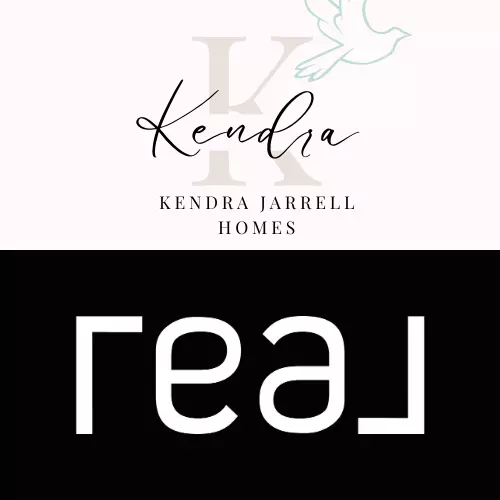3 Hidden Costs of Buying Land (And How to Budget for Them Without Panic)


When people dream about buying land, the picture in their mind is usually peaceful: a wide-open lot, a future home surrounded by trees, maybe even room for a garden or a workshop.
And that dream is a beautiful one.
But here’s the thing no one tells you: buying land isn’t like buying an existing home. It comes with extra layers of costs that can sneak up on you if you’re not prepared.
The good news? With a little planning (and a lot less panic), you can budget for those hidden costs up front and move forward with confidence.
Let’s talk about the three big ones.
1. Site Preparation Costs
You’ve found the perfect piece of land—yay! But before you can build anything, the land itself has to be prepared.
That might mean:
- Clearing trees, brush, or old structures
- Grading and leveling the land
- Soil testing to make sure the ground can support a foundation
Depending on the lot, this can range from a few thousand dollars to tens of thousands. A wooded hillside costs a lot more to prep than a flat, cleared lot.
💡 How to budget without panic: Ask for a site evaluation before you make an offer. A professional can give you a ballpark estimate so you don’t get surprised later.
2. Utilities and Infrastructure
Unlike an existing home, raw land doesn’t usually come with the essentials hooked up. You may need to add:
- Water (well drilling or tapping into city water)
- Septic or sewer connection
- Power and gas lines
- Internet access (yes, still an issue in some areas)
Running utilities to a property can cost more than people expect—sometimes as much as $10,000–$30,000 depending on distance and terrain.
💡 How to budget without panic: Call local utility companies during due diligence. Ask for connection fees and estimates. If utilities aren’t nearby, factor in higher costs for extensions or alternative solutions.
3. Permits, Surveys, and Impact Fees
This is the least glamorous part of land buying, but it’s critical. Local governments often require:
- Land surveys
- Environmental impact studies
- Building permits
- Zoning compliance reviews
- Impact fees (fees charged by municipalities to support roads, schools, or infrastructure when new builds go in)
These can add several thousand dollars to your upfront costs. And the timeline can stretch longer than you expect.
💡 How to budget without panic: Build a “soft costs” cushion into your budget (typically 5–10% of the land + build budget). That way, when these fees pop up, you’re not scrambling.
Final Thoughts
Buying land is an exciting step toward building your dream home—but it’s not as simple as writing a check and grabbing the keys.
The hidden costs of site prep, utilities, and permits can add up quickly, but when you know about them ahead of time, they don’t have to derail your plans.
Here’s my best advice: don’t go it alone. Talk to a real estate professional (hi 👋), a builder, or even a land engineer before you commit. The more you know, the more peaceful and confident you’ll feel about moving forward.
Because at the end of the day, buying land isn’t just about dirt—it’s about building the foundation for your family’s future. And that’s worth getting right.
✨ Thinking about buying land but not sure where to start? DM me, and let’s walk through your options together. I’ll help you plan, budget, and move toward your dream without the panic.
Categories
Recent Posts












